13% OFF


Guava (VNR Variety) Plant
₹559.00
- Live plant along with the plastic pot.
- plants height with pot is 18-24 inches and pot size is 6 inches diameter.
- plants nature is outdoor, loves full sun, less watering.
49 in stock
Description
Guava (VNR Variety) Plant
Guava: Tropical tree, producing sweet fruits!!
Guava VNR (Psidium cattleianum)is a tropical fruit that is like the shape of a pear, with green rind and pinkish or white flesh and small seeds. The fruit, usually 4 to 12 cm long, are round or oval depending on the species. The outer skin may be rough, often with a bitter taste, or soft and sweet. Varying between species, the skin can be any thickness, is usually green before maturity, but becomes yellow, maroon, or green when ripe. Guava fruit generally has a pronounced and typical fragrance. Guava pulp may be sweet or sour, off-white to deep pink, with the seeds in the central pulp of variable number and hardness, again depending on species.
The strawberry guava is an attractive, carefree, drought-tolerant tree. It produces abundant amounts of fruit throughout the year. However, the fruit may be an acquired taste for some. When ripe, the Strawberry Guava fruit is maroon to dark red. The fruit size ranges from the size of a dime to about half the size of a golf ball. The flesh is yellowish-white with splashes of red-pink dotted with several hard yellow seeds. The skin is thin and easily bruised when the fruit is ripe.
Overall the Strawberry Guava is a medium-sized tree or large bush with an average growth rate. The Strawberry Guava has multiple small-to-medium-sized almond-shaped leaves. The dense evergreen foliage makes this tree a great screen. However, it is also an attractive tree in its own right. The flowers are small white and relatively inconspicuous.
MAINTENANCE OF THE PLANTATION
Once a plantation has been established, the work should not be considered finished. It will be necessary, for example, to protect the plantation against weather, fire, insects and fungi, and animals. A variety of cultural treatments also may be required to meet the purpose of the plantation. Guava plant needs full sun to part shade to grow, however, it cannot withstand too much heat. The guava plants have very little tolerance for cold. The plant is very frost tender and the matured tree will drop all the leaves in winter, while the young may die. The new leaves start to grow from the beginning of spring.
FERTILIZING
fertilizers in small quantities (generally below 100gm) after two to three months of planting with sufficient irrigation. Fertilize growing guavas every one to two months while young and then three to four times per year as the tree matures. Guava trees need a high amount of nitrogen, phosphoric acid, and potash, along with some magnesium for maximum fruit production. An example is a formula of 6-6-6-2, worked into soils just prior to the onset of the growing season and then evenly spaced out three times during the growth period. Water frequently after planting and then keep mature trees moderately moist during the blooming and fruiting seasons. Once established, caring for a guava fruit tree is similar to any fruiting tree care. Young trees benefit from fertilizer application with the type and amount varying with the area and soil type.
WATERING AND WEED CONTROL
Guavas prefer regular deep root watering, allow the soil to dry out somewhat between waterings. Provide regular water during the growing season, and reduce watering during the winter. Apply water at the base of the tree, avoiding its foliage from getting wet to prevent fungal disease. The older branches of the guava tree produce larger size guava fruit. So to promote branch growth, the tree must receive regular water. The guava tree is a heavy feeder, so it should be fertilized every 1-2 months when it is young; thereafter 3-4 times a year.
Guava trees need a fertilizer high in nitrogen, phosphorus, potash, and some magnesium for maximum fruit production. Mix 6-6-6-2 fertilizer into soils beginning of the growing season and then 3-4 times during the growth period. Apply a fertilizer high in potassium to increase fruit production. I feed my guava plant with a liquid fertilizer throughout the growing season. Guava trees become iron deficient in alkaline and high pH soil. Fertilize 1-2 times with iron sulphate each year. Always water your guava plant after fertilizing to minimize the risk of burns.
PRUNING AND SHAPE OF GUAVA TREE
Prune the new plant at 1-2 feet length to produce new lateral branches. Allow such 3-4 branches to grow to 2-3 feet. Then cut the tips of these branches to grow more branches. Remove the weak branches. The tree in this way will become dense with a good canopy.
PEST & DISEASE FOR GUAVA TREE
Every fruit tree has the future potential for disease and insect damage. Factors such as location and weather will play a part in which issues your tree encounters. If available, disease-resistant trees are the best option for easy care; and for all trees, proper maintenance (such as watering, fertilizing, pruning, spraying, weeding, and fall cleanup) can help keep most insects and diseases at bay.
HARVESTING YOUR GUAVA TREE
The guava fruit matures in 2-4 months after the flowers bloom. The fruit remains hard and green but changes color and becomes softer when it is ripe. Fruits picked green will ripen when stored at room temperature. (Fruit Ripening with Ethylene).harvest when fully colored, and fragrant! or a bit earlier if you like them really tart. they are really nice if the fruit flies don’t trash them.
PLANTING INSTRUCTIONS
1. Prioritize your tree planting with the sun’s direction to maximize shade by planting on the southwestern and western sides of your home
2. Guava is very hardy. It can thrive on all types of soil from alluvial to lateric. However, it is sensitive to waterlogging. It can be grown on heavier but well-drained soil. Deep friable and well-drained soils are the best. The topsoil should be rich for a better stand. Soil pH range of 4.5 to 8.2 is congenial for guava but saline or alkaline soils are unsuitable.
3. For Commercial Plantation, the standard spacing for guava is, 6m x 6m, accommodating 112 plants /acre. However, it is commonly planted at a distance of 3.6 m to 5.4m (12′ to 18′). Traditional planting spaces in some parts of the country range even up to 5.4 to 7.0m (18’o 23′). By increasing plant density, productivity can be increased. Although there would be a reduction in the size of fruits, the number of fruits per plant remains more or less similar.
4. In a home garden generally, we are planting one or two guava fruit along with other species of fruit plants. So it is better to keep a minimum 7-meter distance from other plants to plant a guava
5. 100% sunlight is best but can grow up to 50 % shade
6. During dry weather, initially water the plant once in two days, and after one month of planting water every 7 to 10 days during the first year.
7. Do not use chemical fertilizer or any other chemicals on your newly planted trees. Such products will kill your young trees. If needed you can add chemical fertilizers in small quantities (generally below 100gm) after two to three months of planting with sufficient irrigation.
8. Do not overwater or allow rainwater so much that you see standing water in the pit area of the plant. It will damage the plant’s roots and results in the die of your plant.
Additional information
| Weight | 0.250 kg |
|---|---|
| Dimensions | 11 × 11 × 37.5 cm |
You may also like…
-
21% OFF
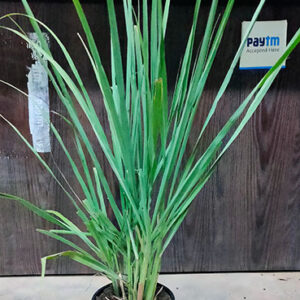
Lemon Grass (Cymbopogon citratus) – Tea Grass Plant
₹199.00 – ₹549.00 Select options -
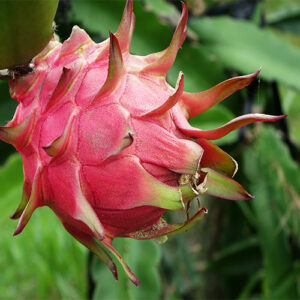
Dragon Fruit Plant | Pitaya/Pitahaya – Plants
₹299.00 Add to cart -
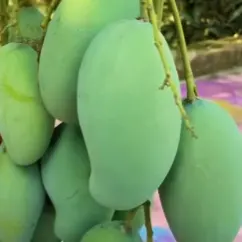
Amrapali Mango Plant – Grafted Mango Tree
₹549.00 – ₹1,549.00 Select options -
28% OFF
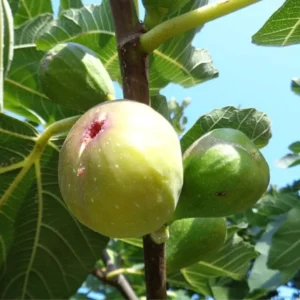
Anjeer Plant – Indian Fig, Common fig
₹499.00 Add to cart
Reviews (0)
You must be logged in to post a review.

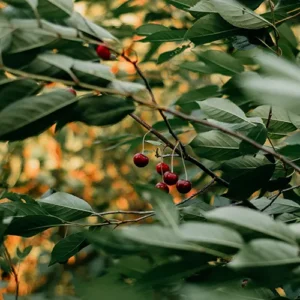
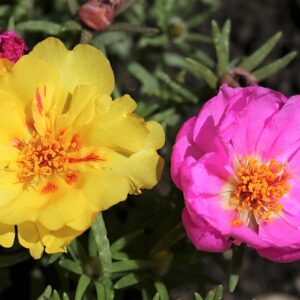
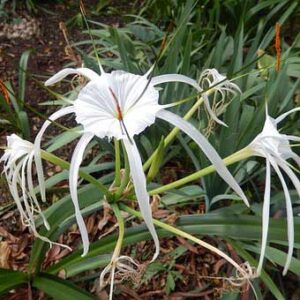
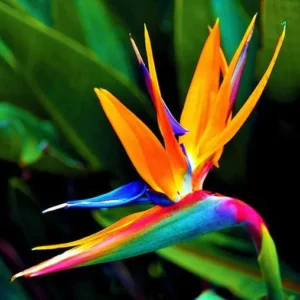
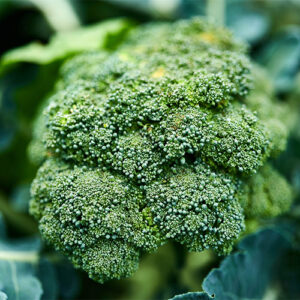
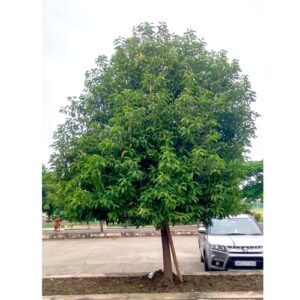
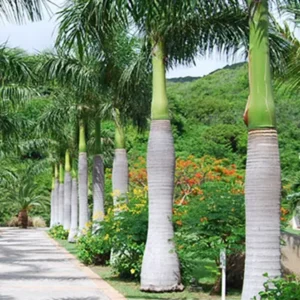
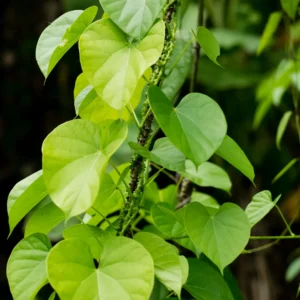
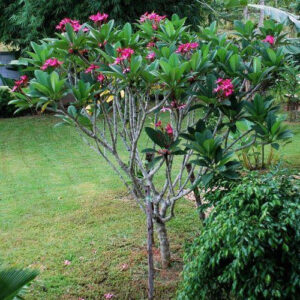
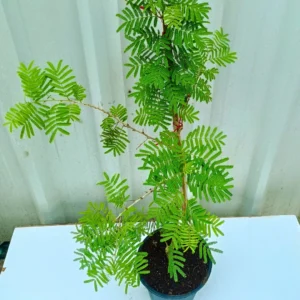
Reviews
There are no reviews yet.